The Rottweiler is a large dog with the males measuring 24-27 inches, in height, and weighing in at 95-130 pounds, and the females measuring 22-25 inches and weighing some 85-115 pounds. They are thoroughly massive with a large powerful and muscular body; with a large rounded head supported on a medium length muscular neck they have a double layered coat with the outer layer being dense course and flat. They have large muscular legs both front and back, which can propel them at reasonable speeds. They used to have docked tails, but as this practice is now illegal in Europe except on medical grounds the undocked Rottweiler is quite common. The tail, as you would expect, is thick and muscular. These dogs can provide excellent protection just by being with you, their look alone is enough to frighten off all but the most determined assailants.
History. It is thought that this breed is a descendant of the Italian mastiff and was brought into Europe by the Romans when they invaded. In the middle Ages, these dogs were used through a variety of tasks some of which were messenger, herder, guard dog, and policing. The breed was threatened severely in the 1800s, but was successfully bred by some enthusiastic breeders from Stuttgart, which increased the breed population, thereby saving the Rottweiler from possible extinction. The American kennel club first recognized this breed in 1931.
Temperament. They are courageous powerful and calm dogs that are reasonably easy to train. With their loyal and protective nature they will protect the family in a fierce and fearless manner. When protecting, they can appear as though they feel no pain, they are not a dog that easily backs down or gives up. Given these factors it may be hard to believe, but is true, Rottweilers are actually quite laid back docile dogs that get on well in a family environment. As with all dogs it is essential to establish yourself as the dog's master, and also to leave the dog in no doubt that he is bottom of the pecking order as far as the family goes, the dog must learn that it is humans first and dog second. They are also quite intuitive and seem to be able to sense bad intentions. Whilst they will greet relatives' family and friends enthusiastically, strangers, who may be up to no good, initiate a reaction that will leave them in no doubt they are not welcome.
Health issues. The breed suffers from minor eye ailments, has a great tendency to snore, and are susceptible to A. C. L. also as such a large dog, they can be prone to hip dysplasia.
Grooming. Whilst they are an average shedder they are actually quite easy to groom by using a brush with firm bristles. Bathing should only be carried out when necessary.
Living conditions. Tending to be somewhat inactive indoors, they can live quite happily in a house or apartment, but they will require sufficient exercise, this is definitely not a dog you want getting bored. A garden or yard is preferred, even if it is a little on the small side.

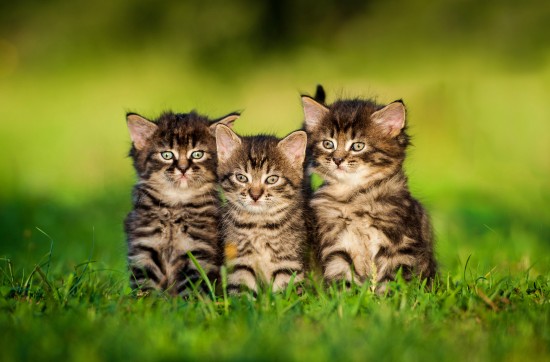 6 Health Issues To Watch For In Young Kittens
6 Health Issues T
6 Health Issues To Watch For In Young Kittens
6 Health Issues T
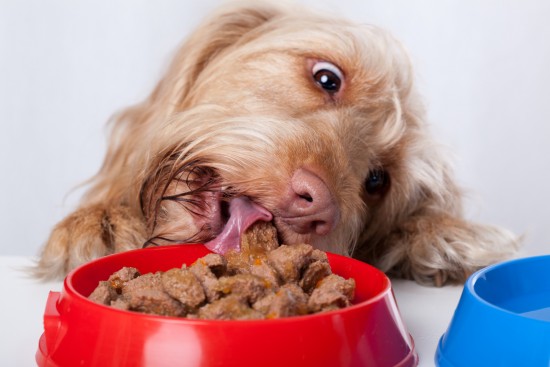 How To Minimise The Chances Of Your Dog Developing Bloat
How To Minimise T
How To Minimise The Chances Of Your Dog Developing Bloat
How To Minimise T
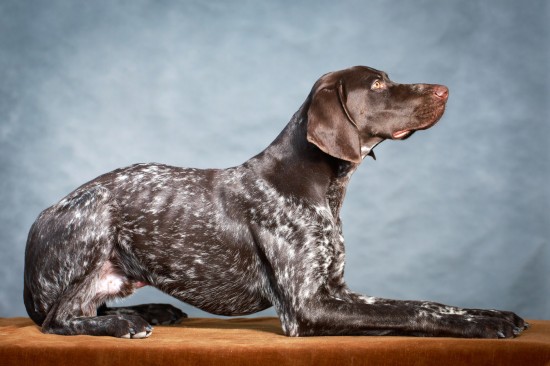 German Shorthaired Pointer Hereditary Health And Longevity
German Shorthaire
German Shorthaired Pointer Hereditary Health And Longevity
German Shorthaire
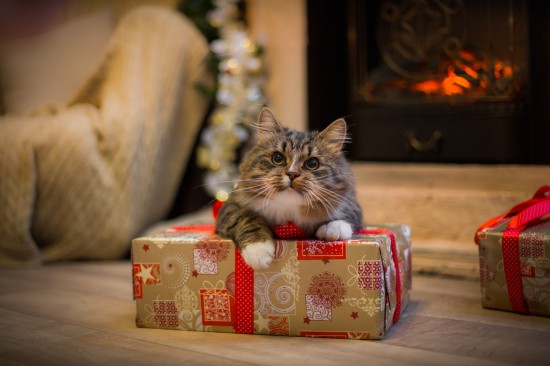 Top Tips On Keeping Your Cat Safe This Christmas
Top Tips On Keepi
Top Tips On Keeping Your Cat Safe This Christmas
Top Tips On Keepi
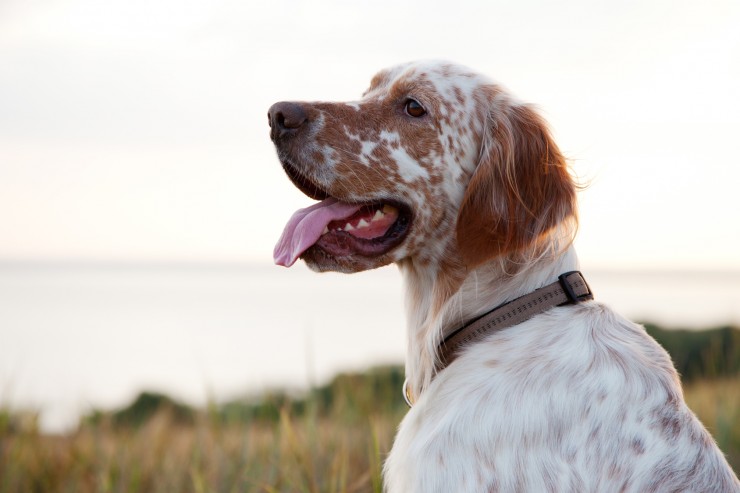 Living With A Deaf English Setter
Living With A Dea
Living With A Deaf English Setter
Living With A Dea